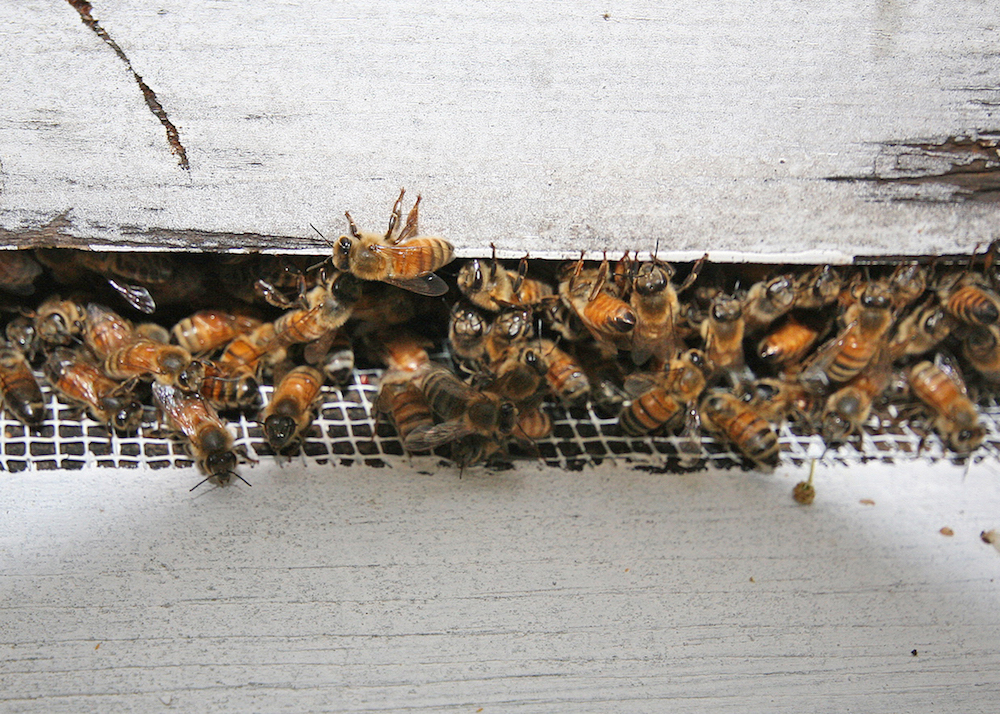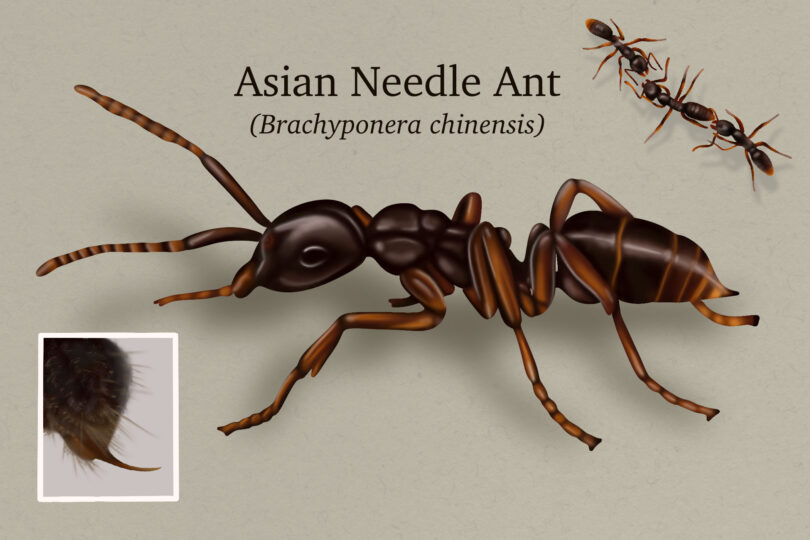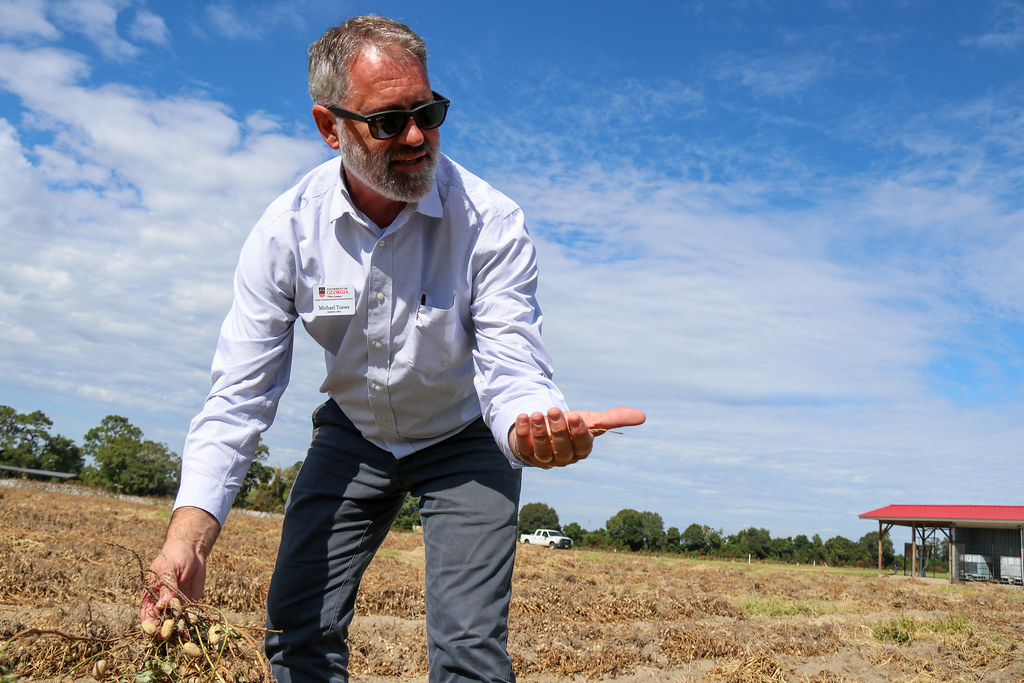In three months, an army of citizen scientists across the state will undertake a first-of-its-kind pollinator count across Georgia.
To prepare for the Great Georgia Pollinator Census this August, University of Georgia Cooperative Extension is offering a few summer reading suggestions for citizen scientists of all ages.
“This is a great opportunity to learn more about our Georgia insects,” said Becky Griffin, UGA Extension school garden specialist and pollinator census coordinator.
“By doing some reading before the event, participants will really enjoy participating in the census and will understand more about the insects that they see.”
The census, which was modeled after Cornell University’s Great Backyard Bird Count, will run from August 23-24. Citizen scientists can sign up individually or in groups at ggapc.org. The results will give entomologists a better sense of the health and diversity of Georgia’s pollinator population.
UGA Extension has a number of training resources online to help train those who wish to count, but for those who want to expand their pollinator knowledge, Griffin suggests reading some of the following books.
For younger readers who want to learn more about pollinators before they head back to school in August, Griffin recommends three picture books about nature and conservation:
- “Where Butterflies Grow,” by Joanne Ryder and Lynne Cherry, is filled with detailed, colorful illustrations and introduces children to the life cycle of a butterfly and how to help support butterflies in home gardens. Griffin says that Cherry’s books “are always a hit with young readers and her drawings are spectacular.” After reading this book, Griffin recommends that parents take their children outdoors to see which butterflies from the book are in their garden.
- “Turn this Book into a Beehive!” by Lynn Brunelle includes information about the ecology and behavior of bees, as well as hands-on activities and experiments to help children understand the importance of bees and how to support them. “The activities are great to do as a family,” Griffin said.
- “Jack's Garden,” by Henry Cole, is an adaptation of “A House that Jack Built,” in which children learn about everything that goes into building a lush, life-filled garden — including creating spaces for pollinators. According to Griffin, this book is a great introduction to the importance of ecosystems.
For adults and older readers, these guide books will help them build their appreciation of the biodiversity in their backyards:
- “The Bees in Your Backyard: A Guide to North America's Bees,” by Joseph Wilson and Olivia Messinger, has large, vivid photos and tips for identifying bees. “This is my go-to guide for bee identification," Griffin said. “I keep two copies; one at home and one in my office."
- “Our Native Bees: North America's Endangered Pollinators and the Fight to Save Them,” by Paige Embry, is a narrative natural history book in which Embry interviews gardeners, farmers and entomologists to learn about the native pollinators that provide the bulk of pollination services on American farms. “This book is fun to read as it is a collection of stories. It is the story of bees told through the people who depend on them,” Griffin said.
- “Attracting Native Pollinators,” by The Xerces Society and Marla Spivak, is the ultimate guide for turning any backyard or landscape into a haven for native pollinators, Griffin said. In addition to tips for planting and nesting structures, the book offers advice on landscaping practices to avoid and ways to advocate for pollinators.
For more information about Georgia pollinators and how to identify and count them, visit ggapc.org.


.jpg)





